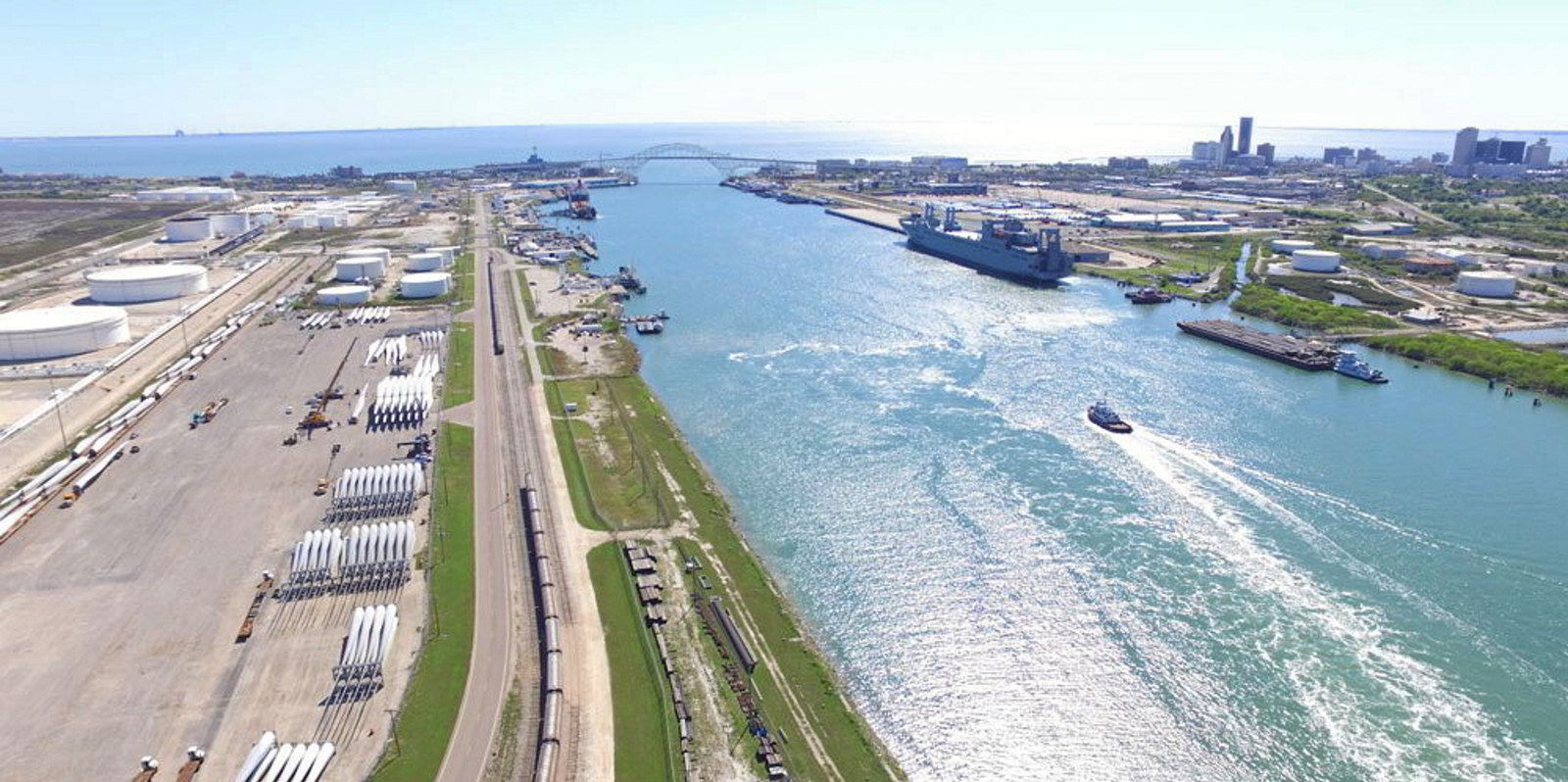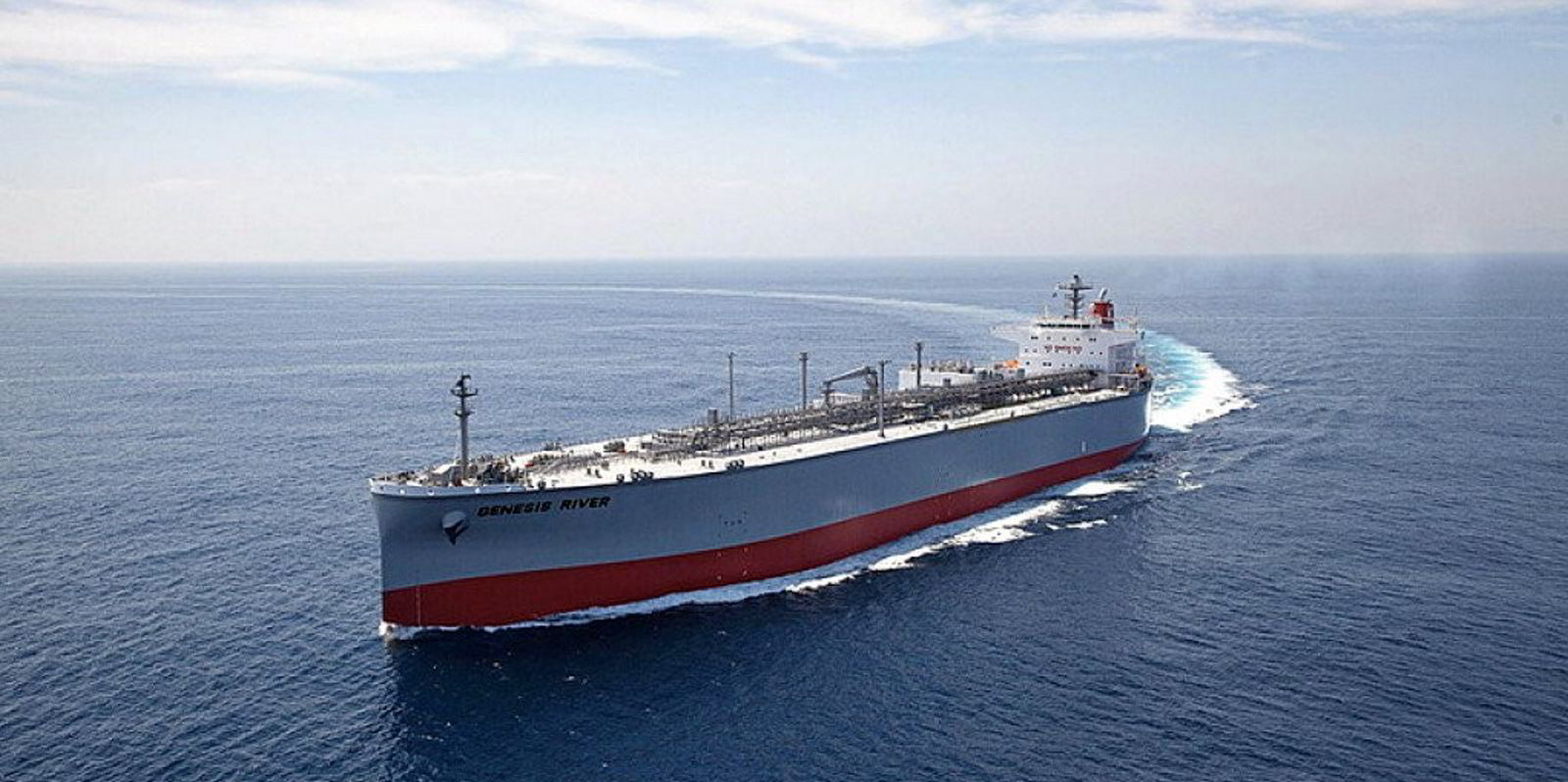US crude exports to China have slumped to their lowest level in 15 months, contributing to weakness in the crude tanker trade, according to industry data and experts.
Kpler data shows the world’s largest crude producer is on track to export just 35,000 barrels per day (bpd) to China in June, a level not seen since March 2020.
If the forecast holds up, this will be the second-lowest monthly figure since the US-China Phase-1 trade deal took effect in February 2020. China, the world’s largest seaborne crude importer, promised to significantly increase energy imports from the US in the bilateral agreement.
The loss of long-haul shipping demand has been reflected in the tanker market, where spot VLCC earnings are close to their multi-year lows.
The Baltic Exchange estimated VLCC earnings on the US Gulf-China route at $1,664 per day on Monday, which failed to cover operating costs.
“Less US crude oil exports … could have a chilling effect on the long-haul tanker market,” brokerage Poten & Partners tanker research head Erik Broekhuizen said.
US oil firms have exported less to overseas customers in recent months, with rising domestic demand amid mass vaccination across the nation.
“Refiners have boosted runs in reaction to and in anticipation of a sharp increase in domestic oil demand,” Broekhuizen said.
Analysts said Chinese importers have cut back their crude purchases due to lower refinery runs, rising crude prices and high stockpiles.
“Chinese crude imports have been weak for a number of months — a result of refinery maintenance,” ClipperData director of commodity research Matt Smith said.
“US crude exports to China have dropped off considerably.”
Looking forward, Smith said US refiners are importing more sour grades of crude as domestic production stays low.
Figures from the Energy Information Administration show US crude production has amounted to about 11m bpd in recent weeks, down from the early 2020 peak of 13m bpd.
“US domestic crude production is showing little sign of spiking. Producers are being much more conservative, keeping capex [capital expenditure] — and hence output — in check,” Smith said.
While US imports can generate more employment opportunities for tankers, this trade has seldom been a market driver in recent years.
“These flows are as much about a desire from the Saudis to place their crude where they want it as it is about supply and demand and relative pricing,” Broekhuizen said.
“Under the right circumstances, economic or political, Saudi flows to the US can pick up again. However, the impact on the tanker market of these flows is rather limited.”







